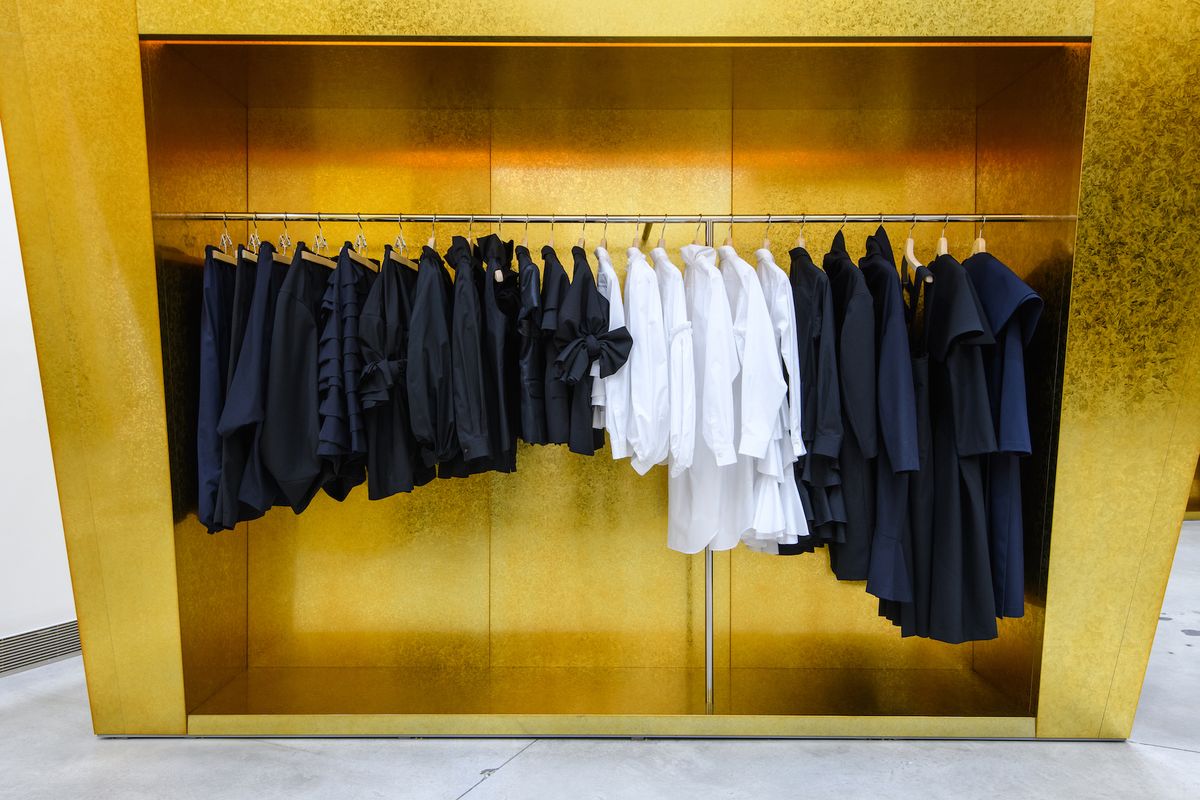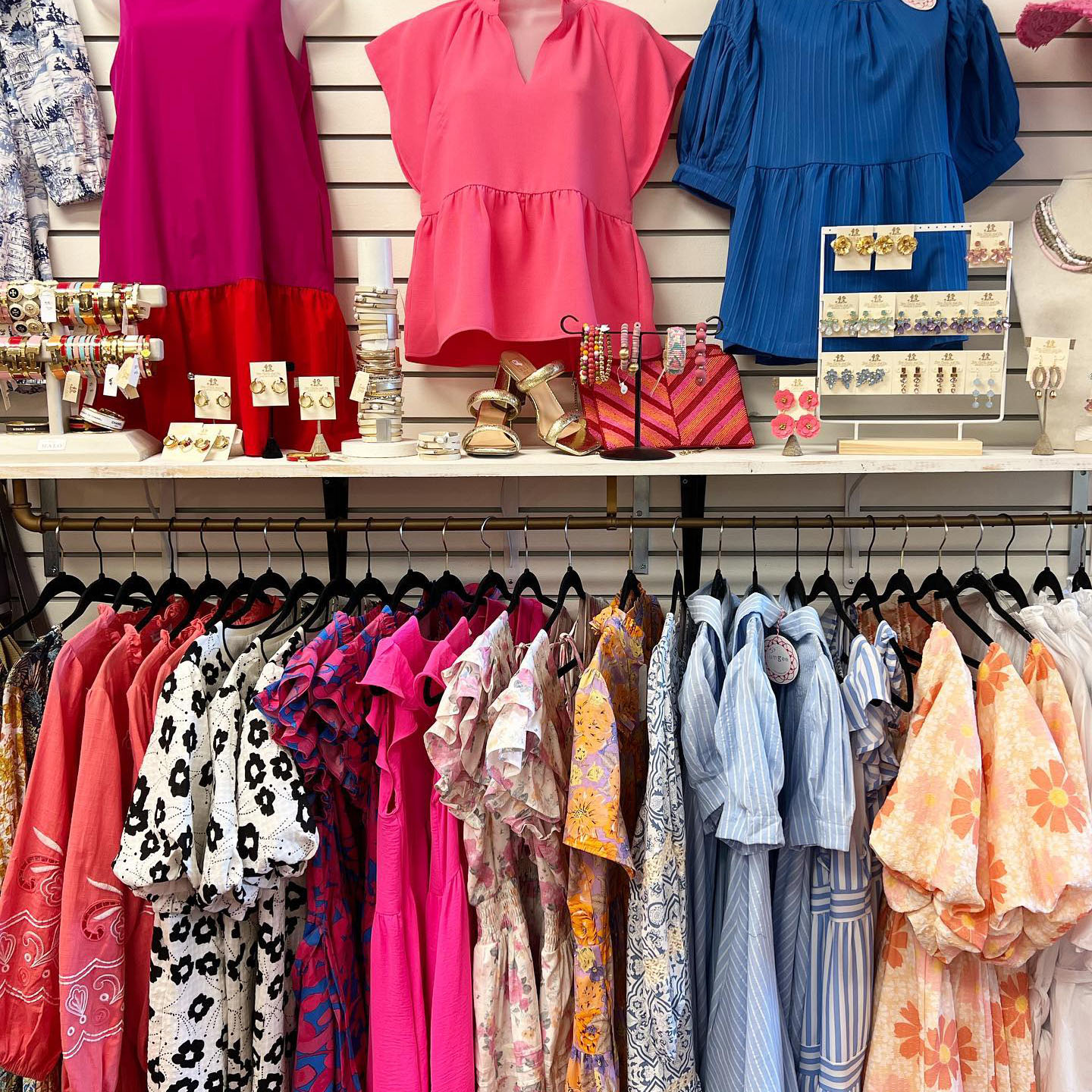Exploring the Development and Influence of Clothes on Modern Fashion Trends
The advancement of clothing has dramatically influenced contemporary style fads, merging historical criteria with innovative innovations. Renowned numbers like Coco Chanel and Yves Saint Laurent revolutionized the apparel industry by presenting ideas that focus on convenience and accessibility, which continue to resonate today. On the other hand, technical strides in locations such as 3D printing and clever textiles are redefining design possibilities and consumer experiences. Additionally, the expanding emphasis on inclusivity and sustainability is improving industry standards. As we consider these complex influences, one should doubt how these aspects jointly redefine style's function in showing and shaping contemporary society.
Historical Fashion Influencers
In the tapestry of style history, particular numbers have left an indelible mark, shaping the fads and styles that specify entire ages. Coco Chanel, an innovative developer, redefined ladies's fashion by presenting comfortable, classy clothing that departed from restrictive corsets. Her iconic Chanel fit and little black dress have come to be classic staples in wardrobes worldwide. Likewise, Christian Dior's post-war "New Look" in 1947, with its event of womanhood with full skirts and cinched waists, noted a return to opulence and has continued to influence designers.
Elsa Schiaparelli is another essential number, renowned for her avant-garde designs that included surrealist art, teaming up with Salvador Dalí to develop whimsical pieces that challenged standard aesthetics. Her ingenious use color and strong patterns resounds in contemporary fashion. Yves Saint Laurent, meanwhile, equalized high fashion with prêt-à-porter collections, bringing runway designs to the masses and establishing a criterion for modern ready-to-wear lines.
These enthusiasts, to name a few, not just revolutionized fashion in their times yet additionally set enduring patterns that reverberate in today's apparel industry, giving a structure whereupon contemporary developers continue to introduce and develop. Their traditions emphasize the value of creative thinking and bold in style's ever-evolving story.
Technical Advancements in vogue
Amidst the dynamic landscape of the fashion industry, technological developments stand at the leading edge of technology, improving exactly how developers create and consumers engage with fashion. The integration of 3D printing has transformed style processes, enabling designers to experiment with complex frameworks and lasting products that were previously unthinkable. This technology helps with rapid prototyping, decreasing waste and speeding up production times.

Smart textiles, installing technology right into textiles, are additionally transforming the sector. Developments like self-cleaning and temperature-regulating materials supply enhanced capability and convenience. Wearable innovation, including features like health and fitness tracking and communication, includes a brand-new dimension to fashion, combining aesthetic appeals with usefulness.
Cultural Shifts and Style
As technological developments remain to improve the apparel industry, social changes are just as significant, redefining design and customer choices. In recent times, the surge of social media sites systems has actually increased the circulation of global fashion trends, allowing diverse cultural impacts to exist side-by-side and merge. This electronic interconnectivity has actually facilitated the rapid exchange of ideas, leading to an extra comprehensive and eclectic interpretation of style that mirrors the complex nature of contemporary society.
Cultural understanding and gratitude have motivated developers to draw inspiration from a broader range of historic and ethnic contexts, integrating traditional motifs with modern appearances. This blend has resulted in style that reverberates with a larger audience, advertising a feeling of identity and belonging throughout different demographics. Furthermore, the increasing need for personalization has driven brand names to use adjustable options, making it possible for customers to express originality while showing their social heritage.
Additionally, shifting social worths have influenced fashion, with inclusivity and variety ending up being main styles. The sector has started to accept versions and influencers of different physique, ethnic backgrounds, and gender identifications, challenging traditional beauty requirements. This transformation highlights the power of cultural changes in forming the future of style, as design ends up being a more authentic expression of individual and collective identity.
Sustainability and Modern Design
While the fashion sector continues to progress, the essential for sustainability has actually come to be increasingly immediate, affecting modern style techniques. This shift aims to resolve environmental issues and moral factors to consider, resulting in a reevaluation of conventional manufacturing methods. Designers are now incorporating lasting materials, such as organic go cotton, recycled polyester, and naturally degradable materials, right into their collections, lowering the ecological impact of fashion. The surge of sluggish style, which emphasizes quality over amount, motivates consumers to spend in ageless pieces instead of short-term fads.
Moreover, modern layout is defined by its advancement in reducing waste and promoting circularity. Techniques such as zero-waste pattern cutting and 3D knitting are acquiring traction, allowing designers to create garments with marginal textile wastefulness. Furthermore, brand names are embracing clear supply chains, making certain accountability and fostering customer depend on. This approach not only mitigates environmental influence but also enhances the social duty of style residences.

Future Trends in vogue

Sustainability will certainly continue to be a driving pressure in shaping future fashion patterns. The sector is significantly embracing green products and honest manufacturing approaches, reacting to an expanding customer demand for accountable techniques. Innovations such as bio-fabricated materials and closed-loop recycling systems are set to redefine just how clothing is created and consumed, lowering environmental influence while maintaining style and quality.
Social shifts, including the like this rise of inclusivity and diversity, will certainly additionally play an essential function. As society ends up being more knowledgeable about social issues, style is anticipated to become a platform for expression and adjustment. Developers will likely focus on developing collections that reflect a broader variety of experiences and identities, championing representation and availability.
Verdict
The advancement of garments considerably impacts modern style patterns, where historical influences merge with modern designs. Trick figures like Coco Chanel and Yves Saint Laurent have actually redefined design, while technological advancements such as 3D printing and smart fabrics expand creative opportunities. Cultural shifts in the direction of inclusivity and sustainability oblige brands to adopt ethical techniques and embrace diversity. This continuous evolution emphasizes style's duty as a mirror to social values and technical improvement, recommending a future abundant with development and inclusivity.
The advancement of clothes has significantly affected modern fashion fads, combining historical precedents with advanced advancements.Amidst the vibrant landscape of the style industry, technical developments stand at the center of advancement, improving exactly how designers create and customers engage with style.While the fashion industry continues to evolve, the crucial for sustainability has actually come to be significantly immediate, influencing contemporary design practices. As sustainability ends up being ingrained in modern design, it paves the means for websites a much more aware and liable style industry.
The development of clothing substantially impacts modern style fads, where historic impacts merge with contemporary designs.